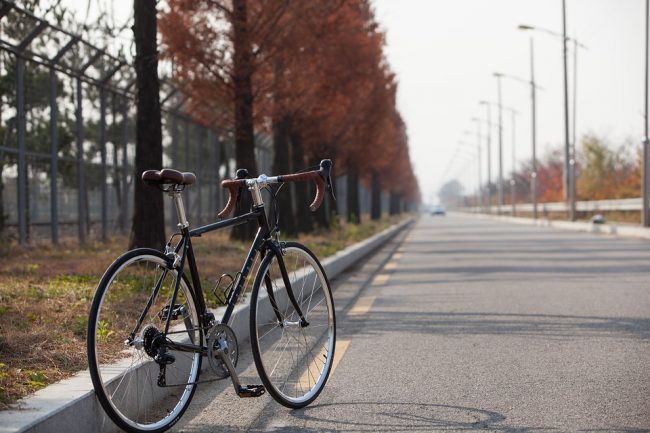Calculator in hand, here are some useful calculations for bicycle setting. A perfectly adjusted bike on our measurements is the perfect companion of every pedal.
Calculation of the build:
To classify the build, we rely on the index “schelico”, a parameter unlinked to any physical unit.
The formula for calculating the index schelico is as follows:
(height from sitting : total height) x 100.
If your result is:
Less than or equal to 51 – you belong to the family of “long-limbed”
Included between 51.1 and 53 – you belong to the family of “norm-limbed”
Over 53.1 – belonging to the “short-limbed” family
Calculation of saddle height
This is the most important measure to be calculated because of it depends the bio-mechanical efficiency of the pedal.
The best way is to rely on the mathematical formula for calculating the height, set by the French cyclist Bernard Hinault in the late 1980s.
Inseam height x 0.885
The coefficient was calculated on the basis of physiological and biomechanical studies.
Calculation of saddle protrusion
What is meant by saddle “protrusion” is how much the saddle stick out from the juncture with the seat tube. For this calculation, you can also rely on the formula set up by Hinault.
That is: Inseam height x 0.235.
The coefficient was calculated on the basis of physiological and biomechanical studies.
Calculation of saddle regression
The saddle regression measurement considerably influences the distance between saddle and handlebars. Finding the right center of gravity is in fact essential to avoid rollovers on climbs or descents and to increase adherence without compromising the ease of movement of the bike.
The mathematical formula for calculating the saddle regression is:
saddle regression x {cosine [incline of the seat tube: (180×3,14)]}
The incline of the seat tube on race bikes is 75°, on mountain bikes is 73° and on tourism bikes is 71°.
Calculation of the distance saddle-handlebar
Obviously influenced by the saddle regression, the calculation of the distance between the saddle and the handlebar determines the balance that we will have on the bike: relaxed or aerodynamic.
The formula for calculating this data is: bust x aerodynamic coefficient.
The aerodynamic coefficients are 1,11 for racing bikes, 1,09 for mountain bikes and 1,07 for tourism bikes.
Calculation of handlebars excursion
That is how much the handlebar should be high compared to the point of encounter between the seat tube and the steering rack.
The formula for calculating the handlebars excursion is:
(inseam x 0,13) + [(630 – arm length) : 2]
Calculation of saddle-handlebar discard
This is the difference in height between the seat and the handlebar. This value affects in particular the angle of the back, so it’s important to calculate it precisely, especially when you riding several hours.
The gap is called positive if the handlebar is higher than the saddle, thus favoring aerodynamics.
The gap is called negative if the handlebar is lower than the saddle, thus favoring comfort.
Calculation of handlebar length
This value varies depending on the type of discipline. A mountain bike handlebar is necessarily longer than a street handlebar because it must guarantee the cyclist’s comfort and safety.
Typically, reference is made to the equivalence:
handlebar length = shoulders length.
